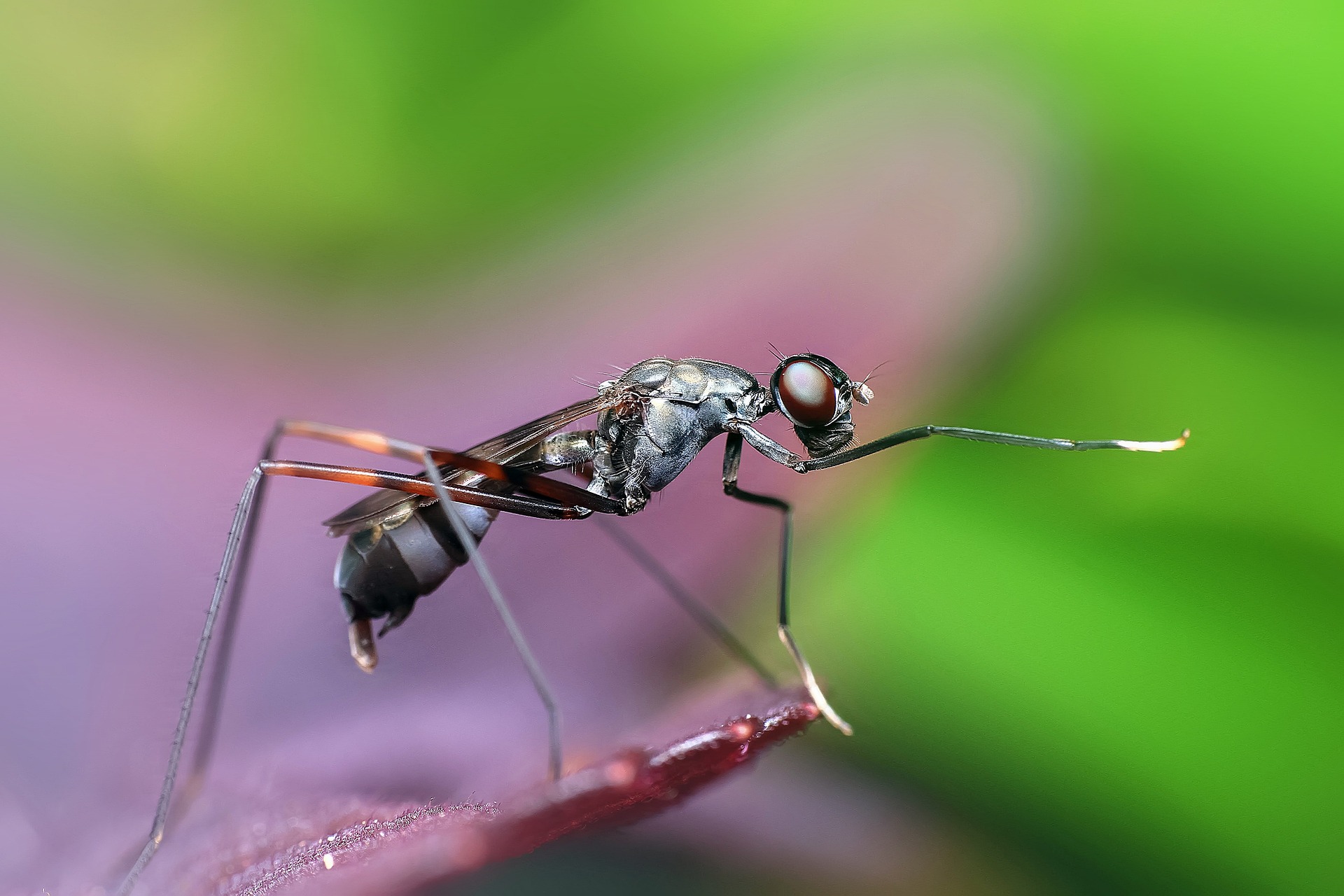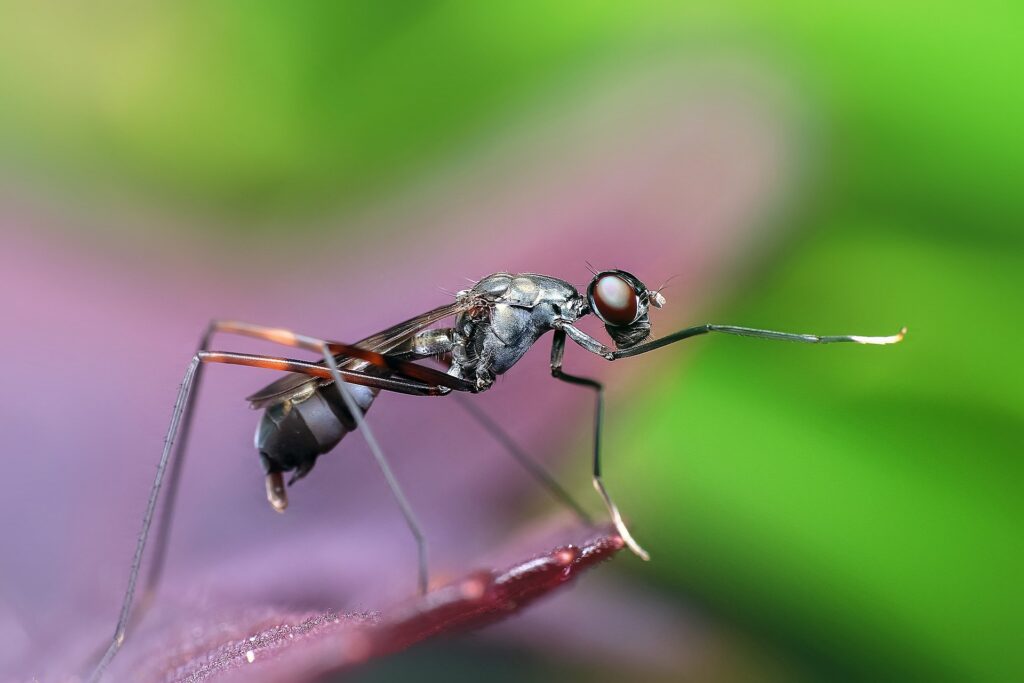
Image: Pixabay
Everything can change with the climate changes observed around the world.
Contamination by the fungus Sporothrix brasiliensis – discovered in Brazil – began to attract attention in Rio de Janeiro, where the first cases of infection were recorded from transmission via stray cats. In times of the success of the series The Last of Us (HBO), the question came almost inevitably: Can fungi really contaminate, and even control, a human being?
{module Form RD}
The truth is that many people were introduced to the world of fungi from this North American science fiction series, which is based on a video game developed by Naughty Dog, Sony and PlayStation Studios. The setting is a post-apolitical future where humanity has been ravaged by a fungus that invades and controls the neurological system, resulting in mutations in the body and turning people into zombies.
In The Last of Us series, the fungus in question is from the genera Cordyceps and Ophiocordyceps, which actually exist and invade the insect organism. These microorganisms are able to control the nervous system and spread easily throughout the bodies of their hosts, the majority of whom are ants, even causing anomalous deformations.
AND NOW?
But there is no cause for alarm, since these pathogens cannot colonize humans (at least for now). This occurs because our average body temperature varies around 37 degrees, which prevents the survival of fungi – the vast majority of which develop well at 30 degrees.
Now comes the bad news: All of this could change with the climate changes observed around the world. If the planet's average temperature continues to increase, this will select a population of fungi resistant to high temperatures – and which will become even stronger as they have less competition and more hosts available.
This is a problem that already exists in agriculture. Fungi are becoming resistant to fungicides and active ingredients currently used by farmers to control diseases. Proof of this is the spike in cases of Asian rust in soybeans (more than 200% this season), which is caused by the fungus Phakopsora pachyrhizi. Furthermore, the development of new pathogen control molecules is a slow, extremely controlled and bureaucratic process, which can take decades.
Source: Leonardo Gottems | agrolink










